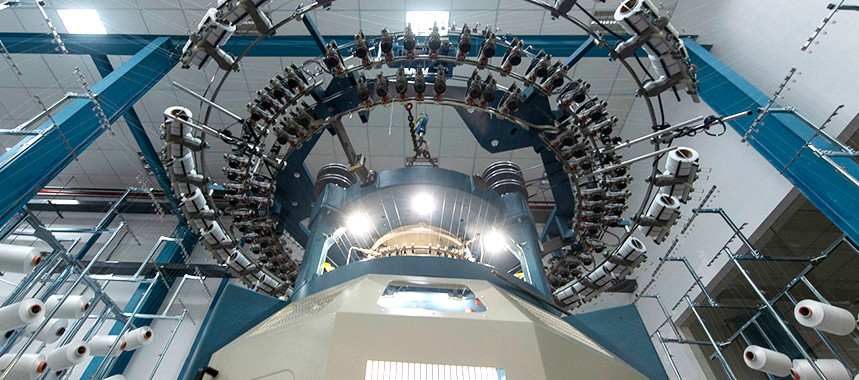Module 1 - Knitting Tech and Applications
Characteristics, benefits and applications of knitting technologyKnitting Technology and Applications
There are many technologies that allow us to develop knitted materials, however each have their own characteristics, uniqueness and advantages. Are you familiar with each and their applications?
In this showcase we will talk about the different knitting technologies, their applications and their benefits.
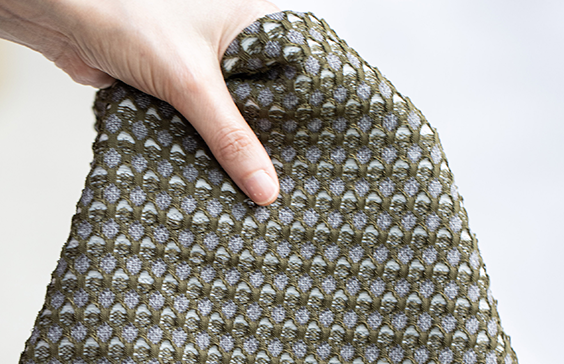
What is Knitting?
Knitting is a method of constructing fabric by interconnecting one or more yarns in a series of loops, each of which is typically only released after a succeeding loop has been formed. This yarn is then manipulated to create a textile or fabric for use in many types of garments.
Different types of yarns, needle sizes, and stitch types may be used to achieve knitted fabrics with different properties like color, texture, weight, heat retention, look, water resistance, and/or integrity, etc. The possibilities are endless.
Knitted fabric is unique in that it possesses a high level of elasticity and recovery. It can be stretched to a considerable length, yet will gradually return to its original shape. It is this feature combined with the air permeability from its looped structure that makes knitted fabric so appealing from a consumer standpoint.
Some call outs and advantages:
a. Diversity of construction methods plus a variety of fibers and finishes available.
b. Generally soft and can be offered in different weights.
c. Knitted fabrics conform to the body or object without constricting the wearer or user.
d. Comfort. The general knitted structure is porous, allowing the skin to breathe freely. Its elasticity permits greater freedom of body movements.
e. Ease of care.
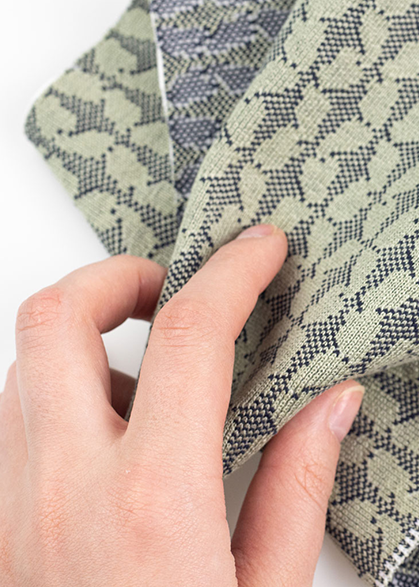
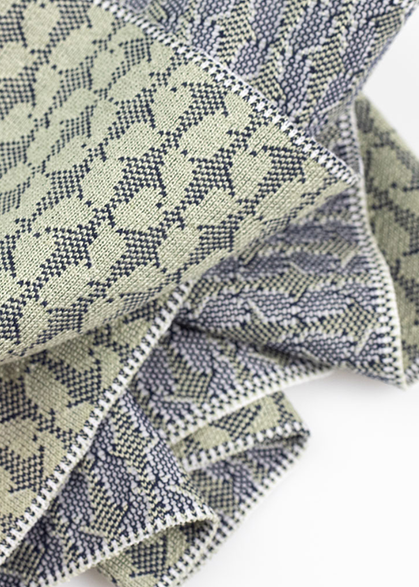
Textile Machinery Categories
Textile machinery has various sub-categories along the value chain. Santoni is specialized at weft knitting technology.
Let’s have a look into the overall value-chain at first.
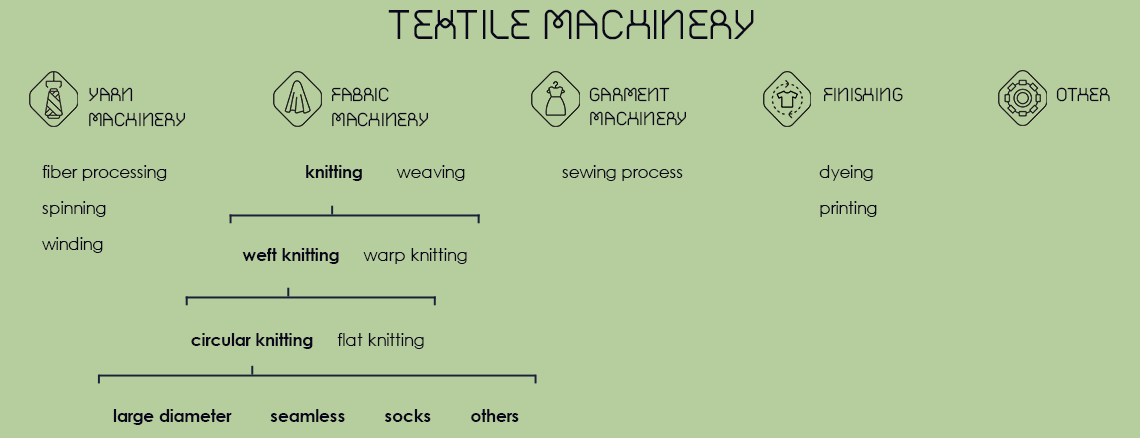
Knitting technology can be divided into two categories: weft knitting and warp knitting, based on the knitting methods used.
Weft knitting - is characterized by the structural threads being perpendicular to the selvedge of the fabric. One horizontal row of loops is made from a singular or very few threads.
Warp knitting - is characterized by the structural threads of the fabric running along the length of the fabric approximately parallel with the selvedge. One horizontal row of loops, or course, is made from many threads.
What is the difference between flatbed and circular knitting?
This is one of the most common questions we get about knitted garments. It all has to do with how the fabric is created on the knitting machine. There are two major types of knitting machines: Circular and Flatbed. Sometimes it is easier to think of the difference as T-shirt knitting (Circular) and Sweater knitting (Flatbed).
Circular knitting can be described as faster due to its multiple feed. It also features a smoother and more uniform fabric surface. It uses fine gauge up to E40 for seamless machine and E80 for Large Diameter machine.
Flatbed knitting can be described as slower, with a zigzag fabric surface due to the two directions of knitting and more complex knitting structures available.
Santoni Technology
The Santoni knitting technology can develop knitted materials, and they can be divided in three main categories:
- Large diameter: machines to produce rolls of fabric
- Seamless machines: to produces body size fabrics
- Socks
This wide range of alternatives is designed to produce nearly every conceivable garment in the apparel industry which can be used for the most common applications such as: Compression Wear, Lifestyle Apparel, Nightwear, Outwear, Sport (cycling, running, football, golf, yoga, swimming), underwear and footwear. See for example our latest trend report.
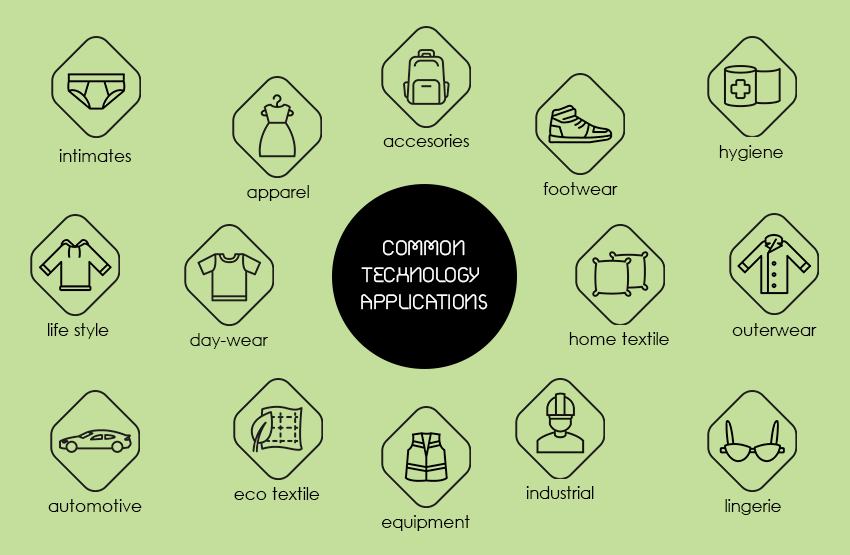
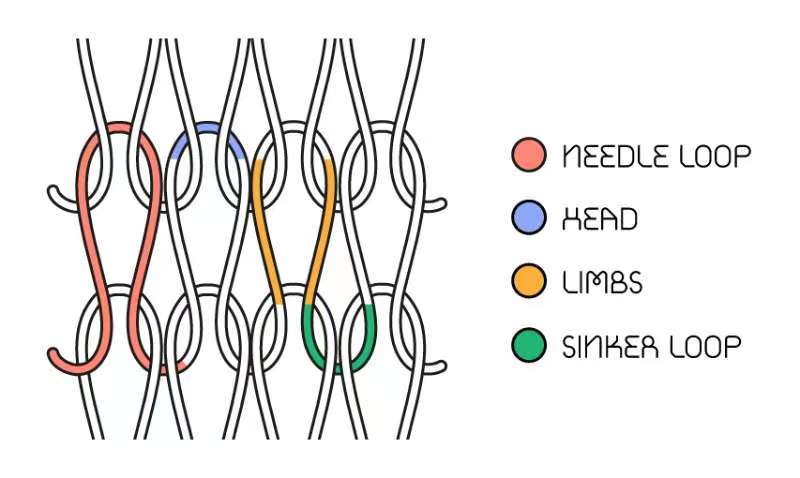
Loop & Stitch
The loop is the fundamental element of all knitted fabrics. It is a basic unit consisting of a loop of yarn meshed at its base with previously formed basic units (stitches).
Components of a knitting loop are the needle loop and the sinker loop.
A needle loop is one which has been drawn through the previous loop.
A sinker loop is one which connects adjacent needle loops.
The stitch is the smallest dimensionally stable unit of all knitted fabrics. It consists of a yarn loop, which is held together by being intermeshed with another stitch or other loops. There are three basic knitted stitches: knit, tuck and miss (float) which forms the starting point for the entire range of weft knitted structures.
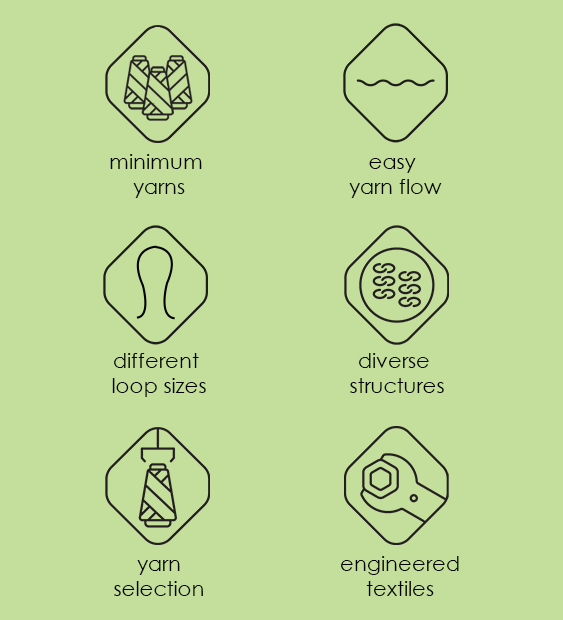
The unique loop structure of knitting provides opportunities for:
- Using a minimum number of yarns.
- Easy flow of yarn from one loop to another under tension.
- Varying the size of loops.
- Loop distortion when under tension.
- Loop transfer.
- Knitting single jersey, double jersey, open-work and surface interest structures.
- Increasing or decreasing the number of loops in width or depth.
- Knitting to shape either fabric pieces or separate articles.
- Knitting from a selection of yarns.
- Engineering stability.
- Introducing (by inlay) yarns unsuitable for knitting.
What is Single Jersey?
Single jersey structures are produced in warp and weft knitting by the needles (arranged in either a straight line or a circle, with their hooks facing outwards) operating as a single set. Adjacent needles will thus have their hooks facing towards the same direction and the heads of the needles will always draw the new loops downwards through the old loops in the same direction.
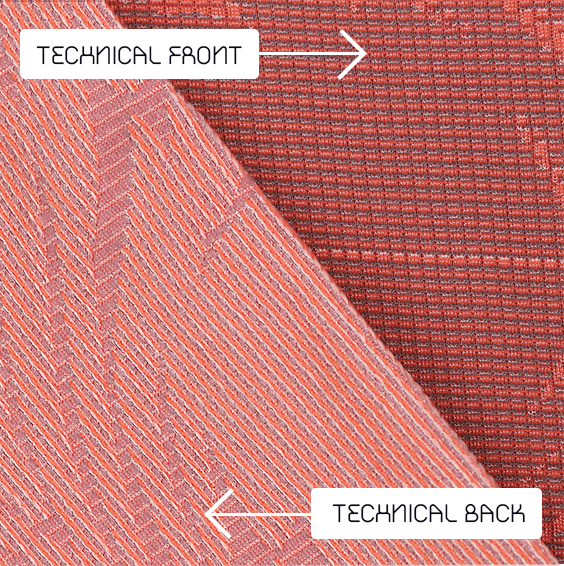
Common Applications of Single Jersey Technology
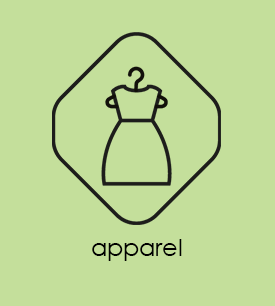

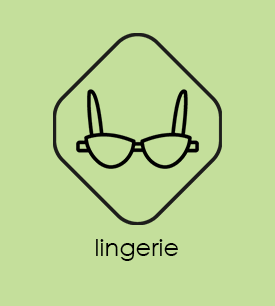
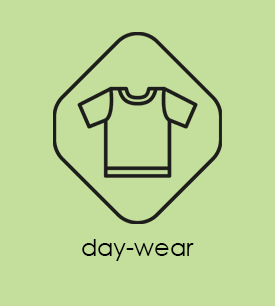

What is Double Jersey?
Double jersey structures are produced in weft and warp knitting when two sets of independently-controlled needles are set facing opposite each other. The two sets of needles draw their loops from the same yarn in opposite directions so that the fabric formed in the gap between the two sets shows the face loops of one set on one side and the face loops of the other set on the opposite side.
The two faces of the fabric are held together by sinker loops inside the fabric so that the reverse stitches tend to be hidden. Double-jersey fabric has the appearance of plain fabric (technical front) both sides.
To know more about double jersey structures, visit our stitch library.

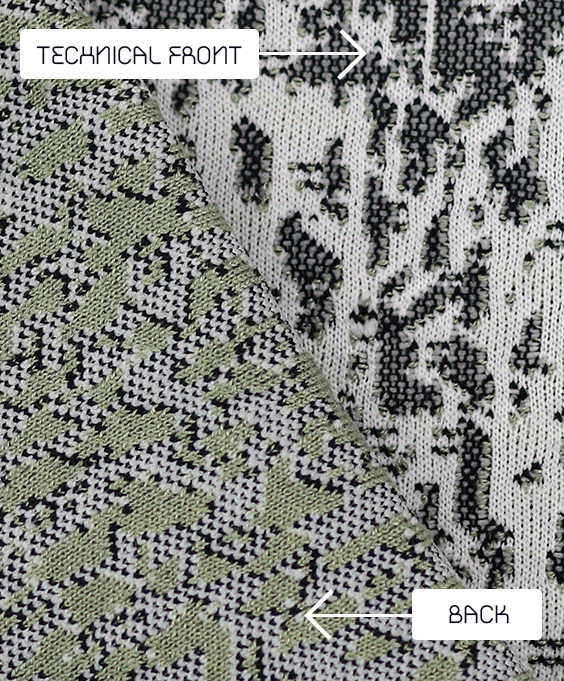
Common Applications of Double Jersey Technology
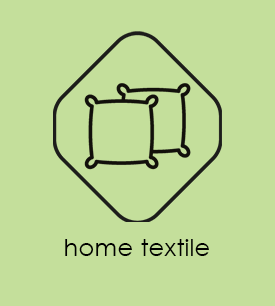
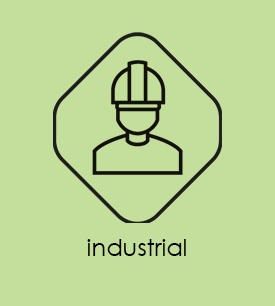
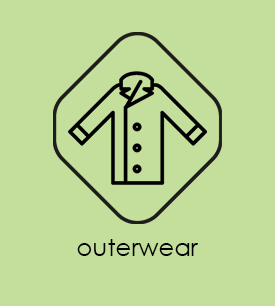
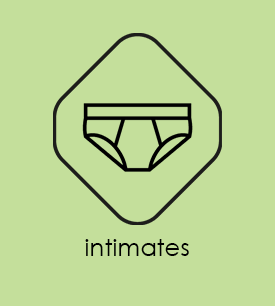

Summary
In conclusion, knitting technology versatility allows you to create textiles for almost any application in the market. Its benefits go beyond a large variety of finishings, it also includes body mapping, sizing control, waste reduction, and garment structure choices.
Knowing the different technology capabilities will help you make better choices when creating a new project.
Remember that technology is not everything; yarn selection, stitches, and constant communication with your technician will make the difference when creating a new textile.
We invite you to explore our showcase on seamless knitting machinery and large diameter machinery to familiar yourself with the technology.
You might be interested in:
Best Practice: How to knit a durable stitch mesh on Top2 Fast
Discover the best technique to properly stitch a durable and sturdy drop-stitch mesh structure, for sportswear and activewear, using Top2 Fast machine.
Read moreAendrede Erindelser by Amalie Røge Hove Geertsen
The ability of seamless technology to create shape and aesthetic value thru structures
Read more